A team of researchers found evidence of a lost continent hidden beneath the jungles of several islands in Southeast Asia.
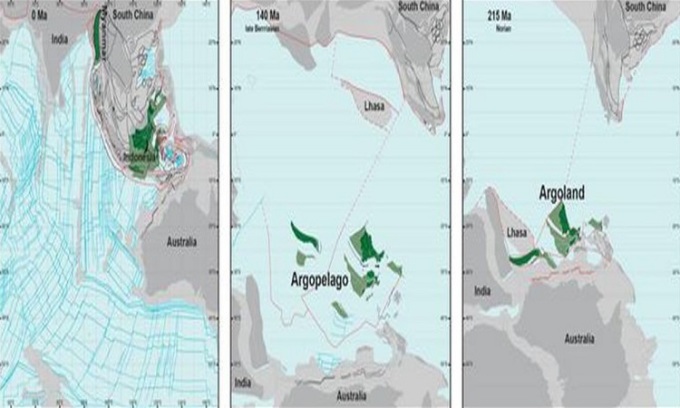
Location of the Argoland continent. Photo: Utrecht University
Geologists have long suspected that about 155 million years ago, a long piece of continent broke away from northwestern Australia and drifted away. The evidence of this event is the void it left behind, a basin called the Argo Trough Plain, deep beneath the ocean off Australia. The structure of the seafloor here suggests that a continent called Argoland must have drifted away from the northeast, ending up in what is now the Southeast Asian archipelago, Newsweek reported on October 23.
Argoland stretches more than 3,000 miles from western Australia to northern Papua New Guinea. Researchers had hoped to find a solid continent hidden beneath the archipelago in Southeast Asia, but no such large continent has been found in the region, except for several small fragments. They suspect these small continental fragments belong to Argoland, but they are only a fraction of its size. In addition, they are surrounded by remnants of an ocean basin that is 205 million years old, much older than the rocks in the Argo Delta. That suggests the fragments drifted away from Australia much earlier than the hypothesis that Argoland broke apart around 155 million years ago.
To find out whether the fragment really belonged to Argoland, geologist Douwe van Hinsbergen and colleagues at Utrecht University in the Netherlands reconstructed the history of the lost continent in a study published in the journal Gondwana Research. If Argoland disappeared due to subduction, it would be bad news because it posed a major scientific problem. Researchers could have missed an entire lost continent that was subducted into the Earth’s mantle.
However, in their latest study, two geologists determined that Argoland still exists, albeit fragmented. To conduct the study, Advokaat and Van Hinsbergen used software that allowed them to reconstruct tectonic plate movements over hundreds of millions of years. The results revealed that Argoland was not a solid mass of rock when it broke away from Australia 155 million years ago. Instead, it was broken into a kind of "archipelago" of small continents and intertwined ocean basins at this time. The process is similar to the history of many other lost continents, such as Zealandia off the east coast of Australia and Greater Adria in the Mediterranean. Argoland's breakup is a process that began more than 200 million years ago.
The continental fragments that once made up Argoland are now in Myanmar and the islands of Java, Sulawesi, Borneo, and Timor. All of these islands are (at least partially) administered by Indonesia. In the case of Borneo, parts of the territory belong to Malaysia and Brunei. Meanwhile, Timor is divided into two parts: East Timor, now an independent state of the same name, and West Timor, which belongs to the Indonesian province of East Nusa Tenggara. Geologists have also conducted fieldwork on some of the islands to test the reconstruction.
An Khang (According to Newsweek )
Source link



![[Photo] Hanoi morning of October 1: Prolonged flooding, people wade to work](https://vphoto.vietnam.vn/thumb/1200x675/vietnam/resource/IMAGE/2025/10/1/189be28938e3493fa26b2938efa2059e)




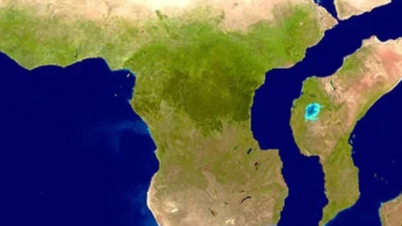



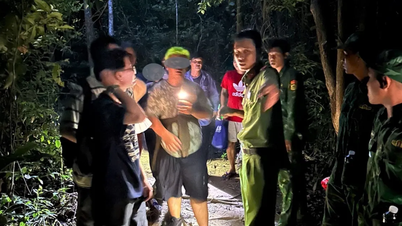

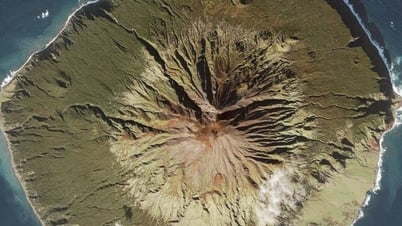
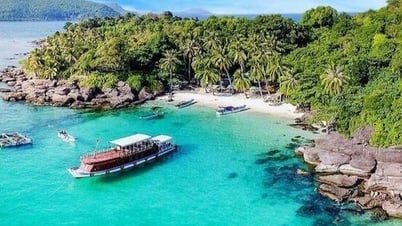

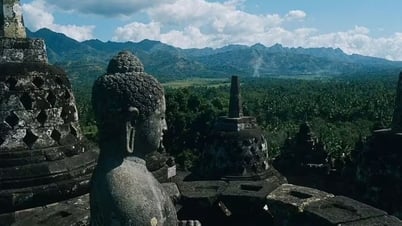
![[Video] Warning of high-tech criminals appropriating assets from cyber security incidents at CIC](https://vphoto.vietnam.vn/thumb/402x226/vietnam/resource/IMAGE/2025/10/1/9e967e621dc240bfbb70e926d503a177)





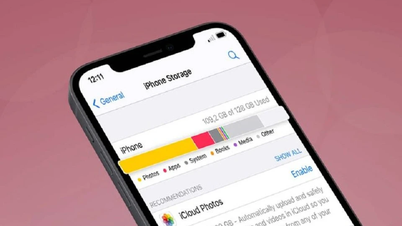














![[Photo] The 1st Congress of Phu Tho Provincial Party Committee, term 2025-2030](https://vphoto.vietnam.vn/thumb/1200x675/vietnam/resource/IMAGE/2025/9/30/1507da06216649bba8a1ce6251816820)
![[Photo] President Luong Cuong receives President of the Cuban National Assembly Esteban Lazo Hernandez](https://vphoto.vietnam.vn/thumb/1200x675/vietnam/resource/IMAGE/2025/9/30/4d38932911c24f6ea1936252bd5427fa)
![[Photo] Panorama of the cable-stayed bridge, the final bottleneck of the Ben Luc-Long Thanh expressway](https://vphoto.vietnam.vn/thumb/1200x675/vietnam/resource/IMAGE/2025/9/30/391fdf21025541d6b2f092e49a17243f)



































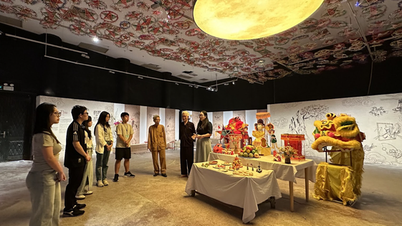





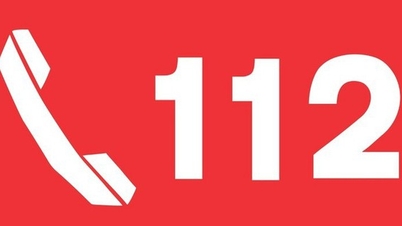
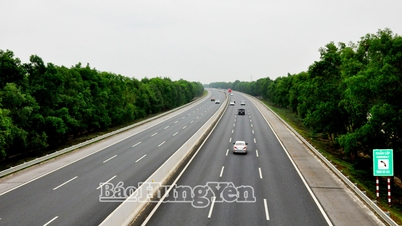

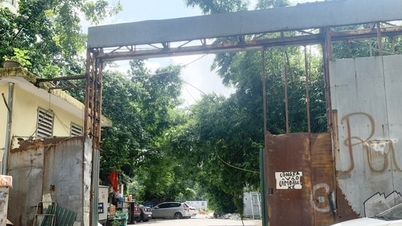

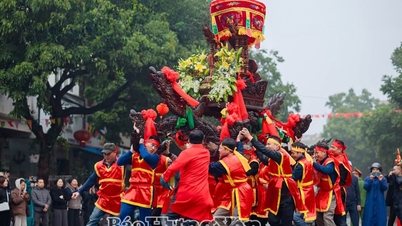
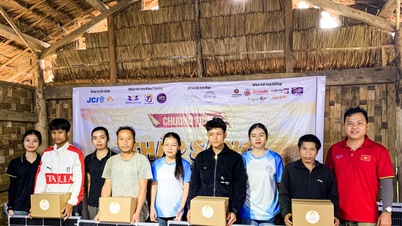

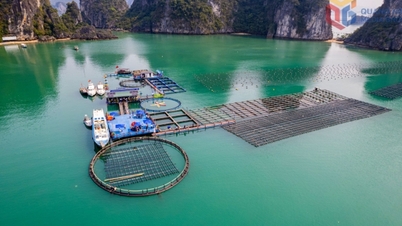















Comment (0)